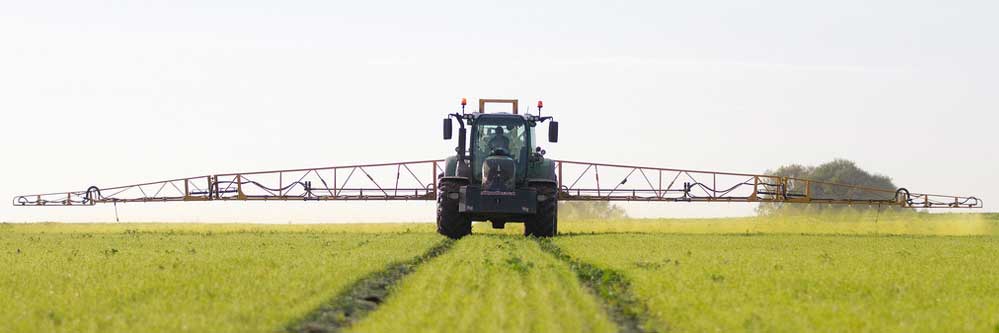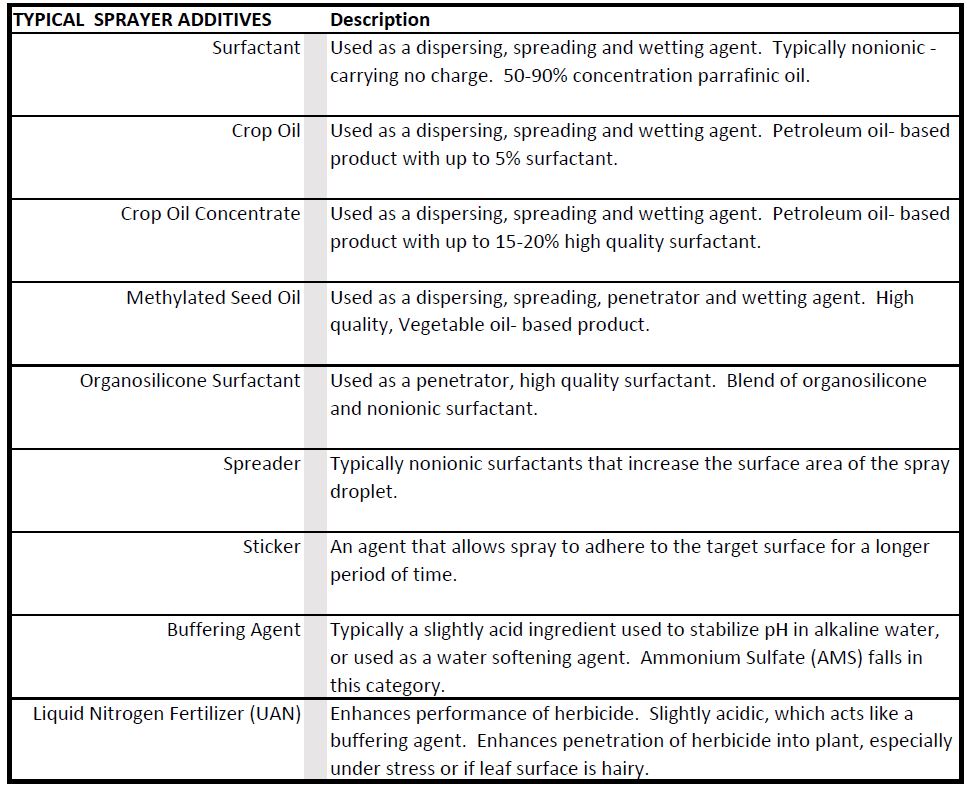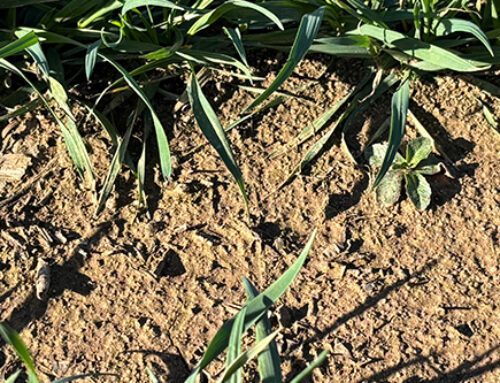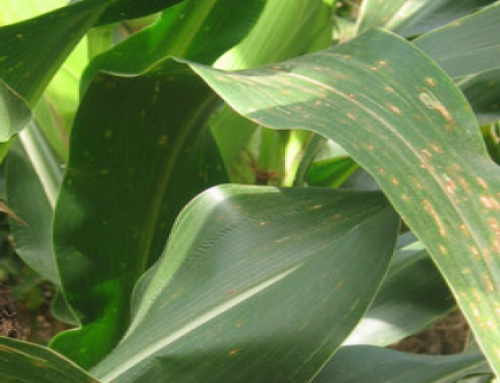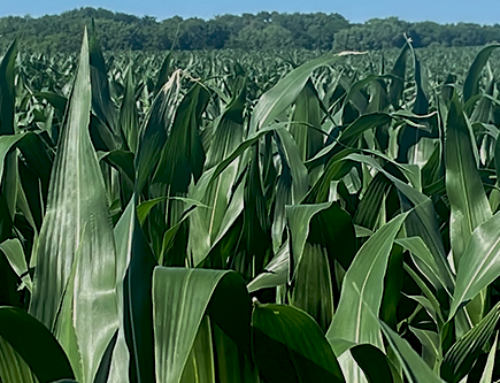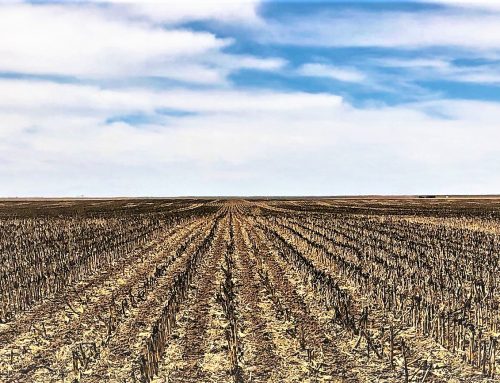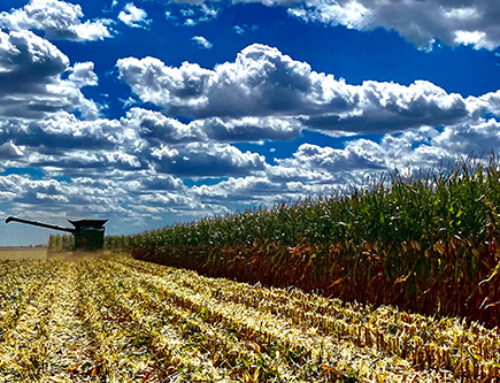During the growing season, there are numerous (too many) opportunities to treat weeds post-emerge – both in crop and on summer fallow ground. It is important to keep a few things in mind to insure proper weed control after making your herbicide choice.
The herbicide and proper rate alone does not insure you will attain the desired results. Other factors come in to play. For most post-emerge applications, coverage is vital. Paying attention to proper spray volume, choosing the right adjuvants, and rigging the sprayer with the right nozzle package for the job can be the difference between success and failure.
Weather conditions, and soil moisture can significantly influence herbicide efficacy. Winds can affect coverage. Hot dry conditions shut down the metabolic processes in a plant, which minimizes herbicide uptake. A rain event right after application can reduce control.
The focus for a successful treatment should be on what you can control. Take the time to read the label to determine the proper adjuvants required for the herbicide and the weed spectrum. Certain herbicides have very specific requirements – not just recommendations, but requirements. Avoid the temptation to substitute, and cut corners. This doesn’t mean the most expensive additive is the best either. What’s important is that you know what type of additive is necessary, and add that to the tank.
When tank mixing different herbicides and modes of action, make sure the additives are compatible with all the herbicide components.
Applying the proper spray volume, along with the right pressure and nozzle type can make a huge difference. Droplet size and coverage are key. Certain herbicides work well under lower spray volumes. Others require high volumes. Although higher spray volumes are not very popular, they can make a difference between success and failure.
And, most importantly, timing is the other true key to success. Controlling weeds while they are small and treating actively growing weeds will insure better results. Always look to add a residual herbicide to the tank when possible. This practice can lead to less trips across the field, and will help manage the remaining weed population when subsequent applications become necessary.
Since you have already decided to make the investment in the herbicide itself, it is well worth your while to make sure that your money and time is well spent by managing the factors you can control.
Featured Image by: Chafer Machinery, flickr.com
